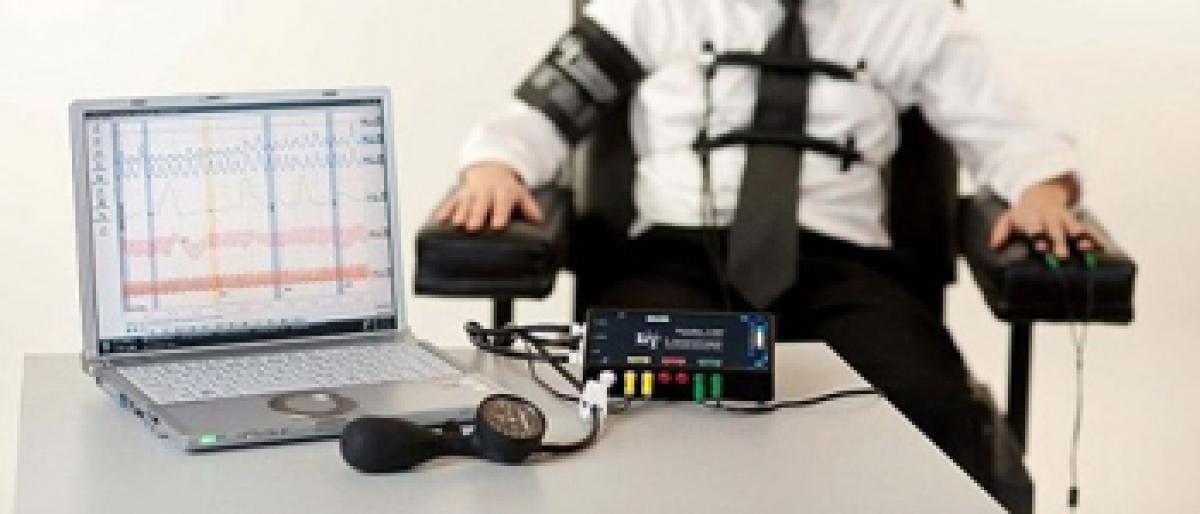Live
- Small Farmers Gain Less by Selling to Supermarkets: Study Reveals
- Why Despite the Controversy, America Is Anticipating the Mike Tyson vs. Jake Paul Fight
- Sanju Samson and Tilak Varma Shine: Record-Breaking Feats in 4th T20I Against South Africa
- India Urges $1.3 Trillion Annual Climate Support for Developing Nations
- Bad air: 106 shuttle buses, 60 extra Metro trips planned to make Delhiites give up cars
- WHO reports declining monkeypox cases in Congo
- CM Attends Kotideepotsavam on Kartika Purnima
- PKL Season 11: Raiding trio of Devank, Ayan, Sandeep help Patna Pirates rout Bengal Warriorz
- Food waste crisis fuels sustainable practices across APAC food & beverage industry: Report
- AI helps erase racist deed restrictions in California





.jpg) The National Investigation Agency on Monday got permission from a Delhi court to conduct a lie detector test on LeT terrorist Mohammed Naved Yakub, who was captured by villagers after an attack on a BSF bus in Udhampur earlier this month which had left two of its personnel dead.
The National Investigation Agency on Monday got permission from a Delhi court to conduct a lie detector test on LeT terrorist Mohammed Naved Yakub, who was captured by villagers after an attack on a BSF bus in Udhampur earlier this month which had left two of its personnel dead. 



